Above you see a little green hill rising above the surrounding plain. This is a man-made structure. The first time I came across anything like this was while reading Tolkien’s Lord of the Rings trilogy. There is a dramatic passage in the Fellowship of the Ring when the hobbit heroes are passing through the “Barrow-downs”. Tolkien’s barrows were mounds like the one above; they had been the final resting place of the ancient men of the first age. In the novel the barrow-downs had been a peaceful place until cursed by the Witch-king of Angmar who sent evil spirits, the barrow-wights, to haunt the once great tombs. So that’s my literary reference for places such as this.
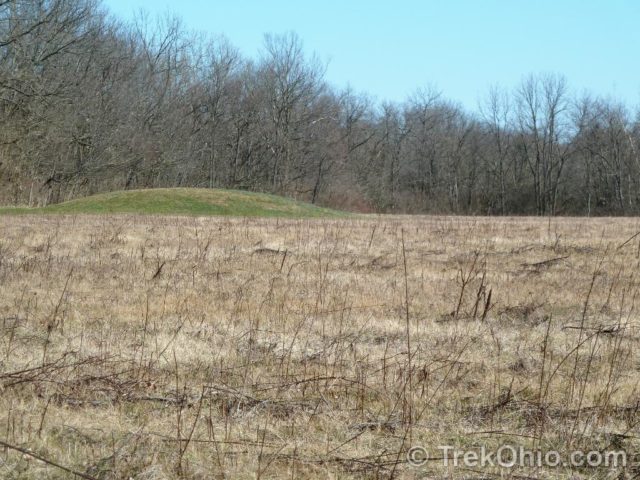
In real life it turns out that Britain has a number of such Neolithic tombs (“neolithic” refers to the final part of the stone age). These tombs come in different shapes and styles of construction; some have an interior chamber, while others are simple earthen mounds like the one above. Had this mound been found in Britain, it would have been classified as a bowl barrow because it looks like an upside down bowl. Despite the fact that such mounds extend back to the stone age, in Britain no one understood the real significance of bowl barrows until John Thurman discovered that they were ancient tombs in the nineteenth century.
In Ohio there are more than 70 existent mounds, but similar mounds are found in many regions of North America. Like the barrows described above, the mounds in North America were also built by a Neolithic people. However when early European settlers first encountered these mounds, the Native Americans of their era didn’t know anything about the mounds’ creators. The settlers concluded that the mounds had been built by an ancient culture whom they named the mound builders. The settlers incorrectly believed that the mound builders were unrelated to the Native Americans with whom they were familiar.
Some Ohio mounds were built during the Woodland period (about 1000 B.C.) by the Adena culture, while others were built later by the Hopewell culture (from 200 BC to 500 AD). The most recent mound builders are known as the Fort Ancient people (from 1000 to 1750 AD). Archaeologists believe that the Fort Ancient people built the mound seen in my photo above. The Fort Ancient people who occupied the site in my photograph (known as the Voss site) lived in this area from 1100 AD to 1440 AD.
In the field surrounding this mound, the Fort Ancient people grew crops of squash, beans, and maize (corn). Behind the mound you can see a tree line. The tree line marks the location of the Big Darby Creek where Fort Ancient people harvested waterfowl, fish, turtles and fresh water mussels. They also hunted deer and wild turkey for their meat.
Archaeologists have uncovered arrowheads, scrapers and shards of ceramic bowl that have been decorated via incising (making grooved patterns in the clay). Archaeologists have also found deer antlers that were fashioned into tools. In the 1960s the site was studied using magnetometry which allowed archaeologists to determine the layout of the village here without digging it up. They were also able to find the path that these Native Americans used which has since been named “Ancient Trail.” We were walking in the footsteps of these people the day that I took this photo. Archeologists believe that the Fort Ancient people built this mound to commemorate the burial location of important members of their tribe.
The Voss Site is located within the Battelle Darby Creek Metro Park which is part of the Columbus and Franklin County Metro Park system. For links to its official site, and to learn of nearby parks and preserves, check out our page on Franklin County Parks & Nature Preserves.
Additional information
- TrekOhio: Bison at Battelle Darby Creek Metro Park — discusses how the Native Americans managed to extend the bison range from the North American Great Plains to Ohio. Also discusses how the huge decline in population of Native Americans following European contact may be responsible for the Native Americans losing their sense of historical continuity with the mound builders.
More on Native American History
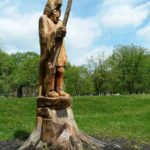
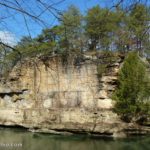
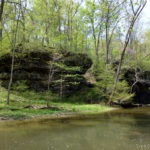
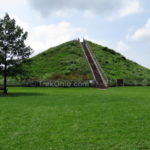
Great prompts for when I visit Ohio. Thanks for sharing.
Your welcome!